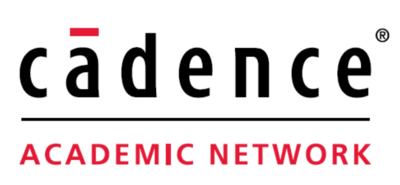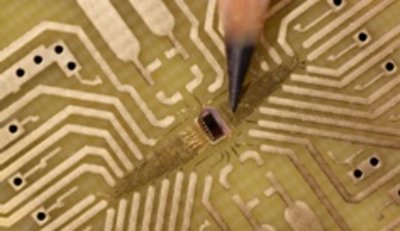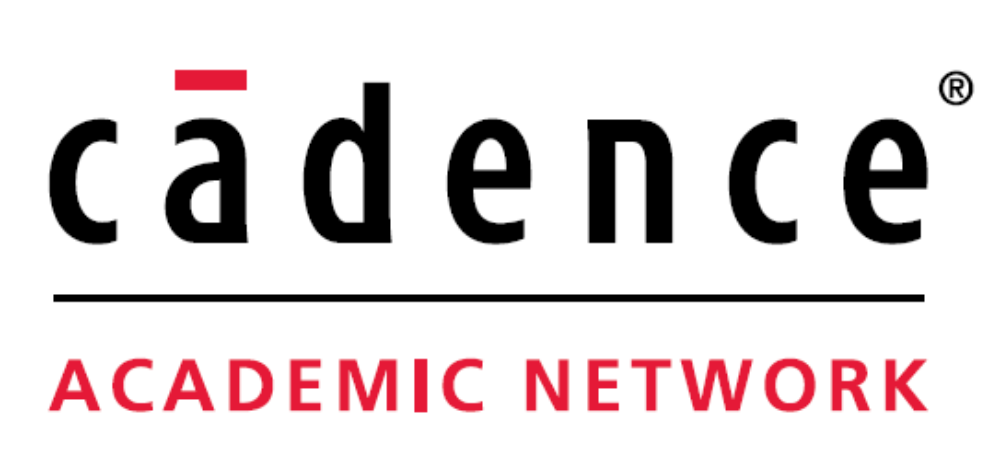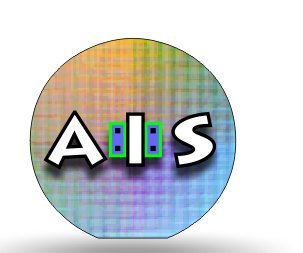Lectures and Laboratories

Bachelor
CHAIR FOR INTEGRATED SYSTEMS
Rechnergestützte Systemanalyse is a combination of lecture and laboratory. During the lecture the students get to know how modern circuitry simulator operates. In the laboratory the students learn how to simulate analog circuits with OrCAD-PSpice. Beginning with netlists of simple passive circuits the complexity rises up to OP circuits and oscillators.
MASTER
RESEARCH GROUP FOR ANALOG INTEGRATED CIRCUITS
Layout-Entwurf integrierter Schaltungen: During this course layout basics of integrated circuits are taught. This includes the understanding of the design-flow of integrated circuits as well as creating layouts using Cadence design software. In this laboratory the basics of a standard CMOS process is explained first, from which layer definitions and design-rules are derived. After that simple circuits are designed and simulated. These circuits are used to explain the design-flow for creating circuit layouts. This includes design-rule check (DRC), Antenna Check, layout versus schematic (LVS), filler generation, extraction of parasitic components and simulation of the extracted circuit. Also critical issues like latch-up and ESD are discussed.
CHAIR FOR INTEGRATED SYSTEMS
Master-Praktikum Mixed-Signal-Design integrierter Mobilfunkschaltungen mit CADENCE: In this master laboratory the students learn how to simulate and optimize integrated CMOS circuits. The focus of this laboratory is the development of circuits for mobile communications like low noise amplifiers, mixers, analog to digital converters, phase locked loops, et cetera. The students team up in groups of two, simulate a dedicated component and optimize it to meet the specification. The laboratory takes place for 3 hours once a week. At the end of the course the students present their results to get their certification. The created circuits and layouts are based on the gpdk090 process design-kit from Cadence.
Cadence is a registered trademark of Cadence Design Systems, Inc., 2655 Seely Avenue, San Jose, CA 95134.
Research Activities

RESEARCH GROUP FOR ANALOG INTEGRATED CIRCUITS
The research group's main target is the development and optimization of new concepts for integrated circuits. Starting point for searching new analogue and digital system solutions are standard CMOS processes with state-of-the-art channel lengths. To develop new innovative concepts for analogue and digital functional groups, the exact knowledge about the electrical behavior of integrated circuits and the accuracy of their behavioral models is necessary. In particular parasitic effects play a major role in this context. By using different computer aided methods the research group from Bochum is working on overcoming the limits of known standards to show new ways and possibilities for the development of integrated circuits. Therefore it is essential to minimize the effects of parasitics or to use them constructively in combination with other physical effects. The researchers include these design dependencies, which affect the systematic and statistic matching of integrated circuits to find new concepts and system solutions. Current research topics are optical systems in standard CMOS, mismatch in integrated circuits and methods to prevent side-channel attacks.

CHAIR FOR INTEGRATED SYSTEMS
The main focus of the research lays on digital communications as well as high speed and high performance analog circuits. In the early days of the chair the first digital high speed circuits up to 40 GBit/s in SiGe-Technology were developed. Nowadays the main interest is focused on mobile communication with a wide knowledge in analog circuits like LNAs, mixers, baseband circuits and ADCs. Further research is done in power optimization in the digital baseband for UMTS and protocol stack optimization in mobile multi core processors for future mobile communication standards. Another interesting research area is the fill level measurement in oil tanks using wide range radar. The chair developed a low power 80 GHz oscillator with a tuning range of 24.5 GHz in a SiGe-Technology. Using this oscillator in an FMCW-Radar leads to a distance measurement with a resolution of a few millimeters. Another research topic is addressed in the project RoCC (Radar-on-chip-for-cars). The main goal of this project is to cope with the increased traffic to improve the safety of all. The chair is developing different transceiver architectures for automotive radar systems which can be used in pre-crash sensors and brake assist systems.


